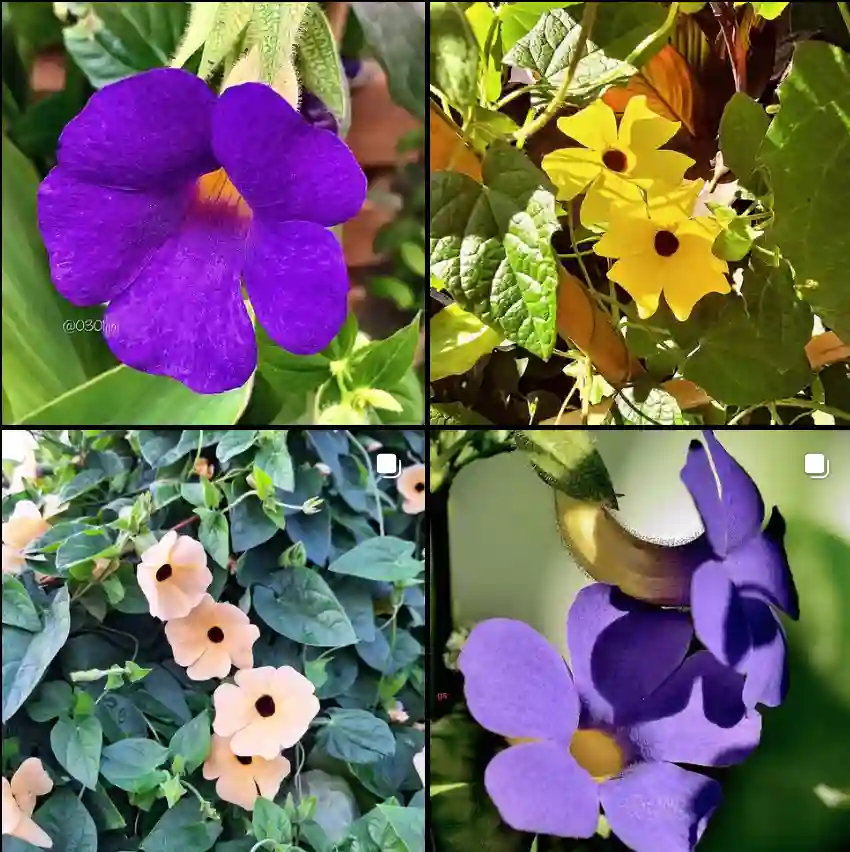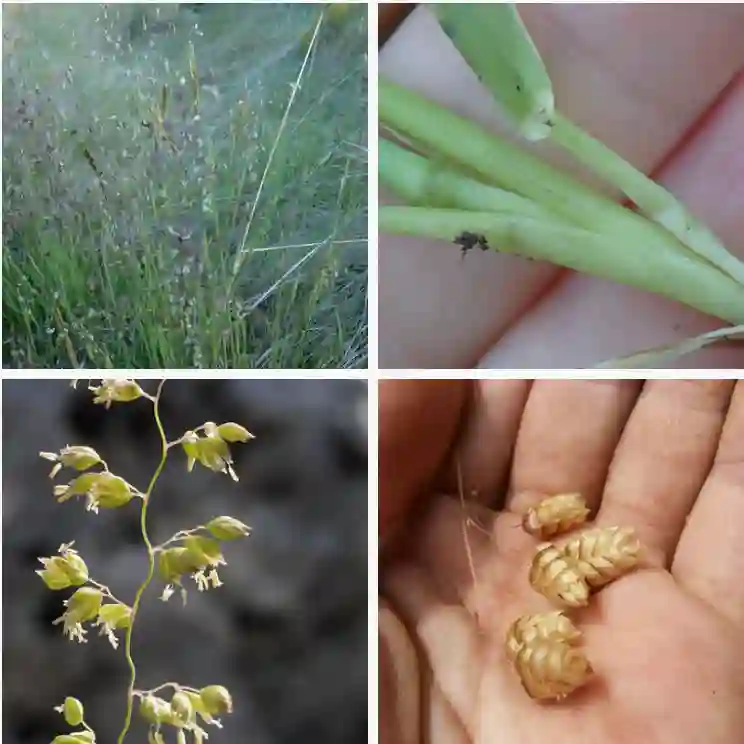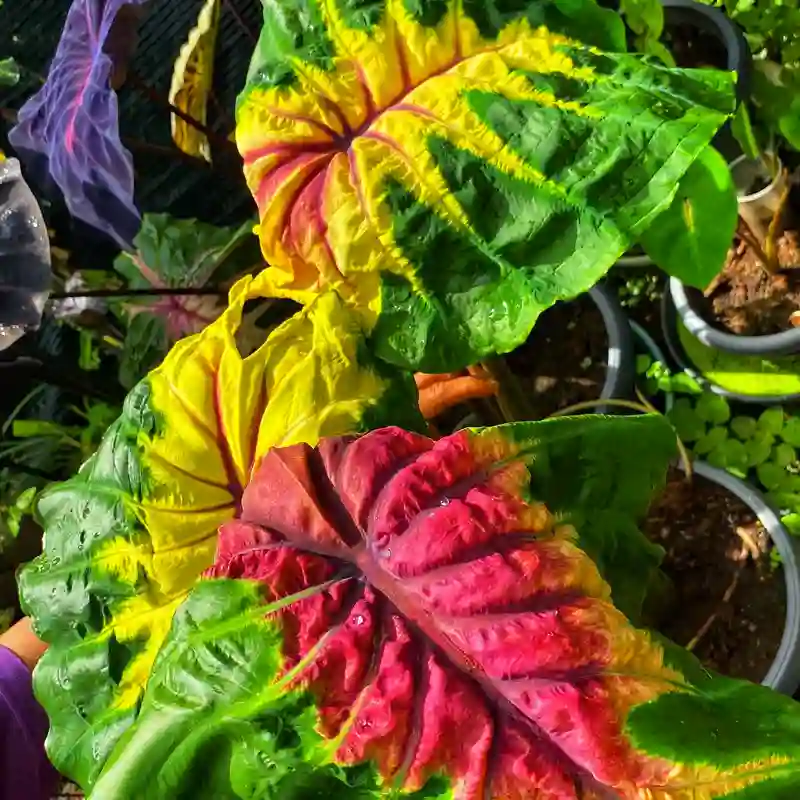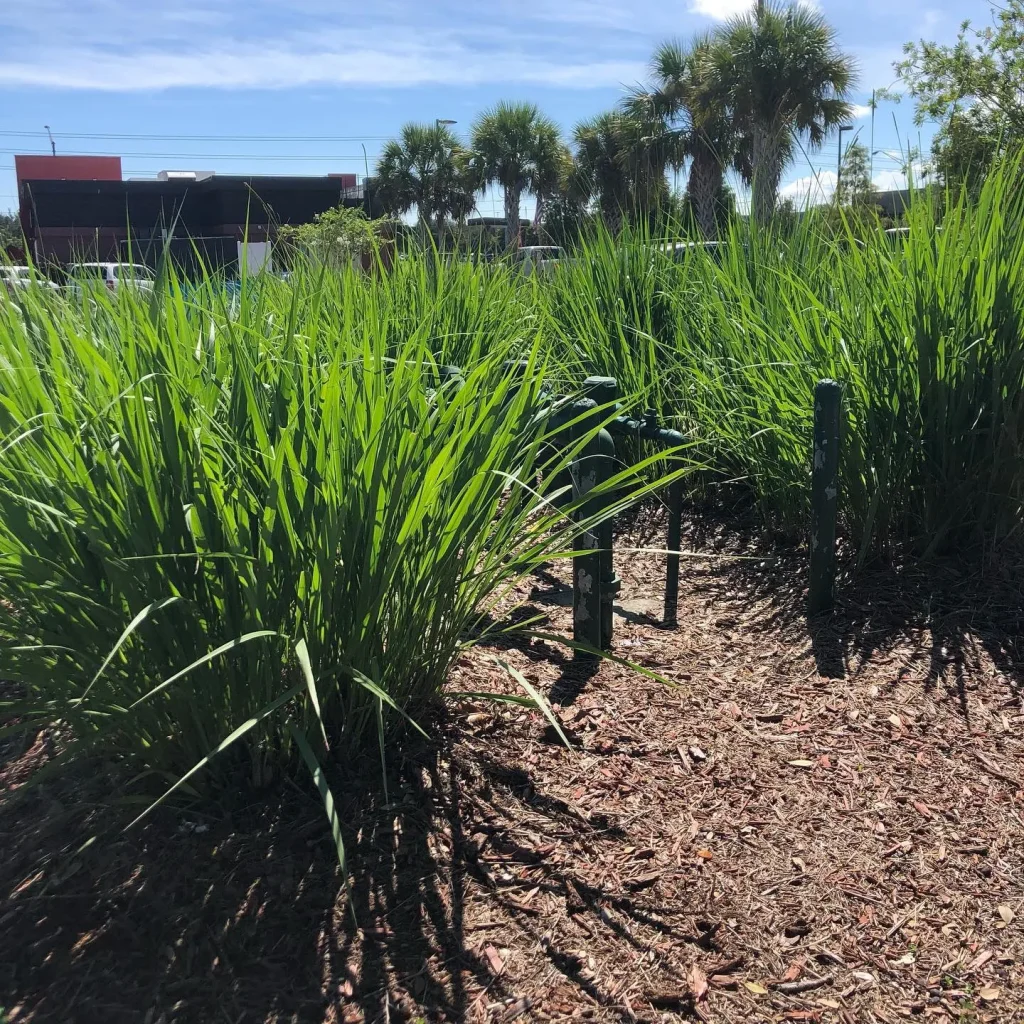All About the Adiantum Reniforme: A Fern Fanatic’s Guide
Hi, Ferb Vu here, and if you’re reading this, you’re probably curious about the Adiantum Reniforme, also known as the Lotus-Leaved Maidenhair Fern. As a fern enthusiast, I’ve been captivated by this delicate beauty for years. Let’s delve into the world of Adiantum Reniforme, answering some of the most common questions fern fanatics like ourselves have.
244 Species in Genus Adiantum – Maidenhair Fern
Where Does the Adiantum Reniforme Come From?
Imagine lush, volcanic islands and sun-drenched cliffs. That’s the natural habitat of the Adiantum Reniforme. These ferns are native to:
- East Africa
- Madagascar
- The Mascarene Islands
- Comoros
- The Madeira, Canary, and Cape Verde Islands
They also have a surprising presence in a few isolated pockets within the Tibesti Mountains.
What Makes the Adiantum Reniforme Special?
The magic lies in the name itself – “Lotus-Leaved.” Unlike most ferns with elongated fronds, the Adiantum Reniforme boasts round, kidney-shaped (reniforme!) fronds. These fronds are a vibrant green, and their delicate texture is reminiscent of maidenhair (hence the “Maidenhair” in the name).
But the beauty goes beyond aesthetics. These ferns are incredibly adaptable, thriving in sheltered rock crevices and walls. This makes them perfect for terrariums or as unique houseplants.
Can I Grow an Adiantum Reniforme Indoors?
Absolutely! The Adiantum Reniforme is a fantastic choice for indoor fern enthusiasts. Here’s what you need to know:
- Light: They prefer bright, indirect sunlight. Avoid harsh rays that can scorch the delicate fronds.
- Water: Consistent moisture is key. Water deeply when the top inch of soil feels dry, but avoid leaving them soggy.
- Humidity: Mimic their natural environment by providing high humidity. A pebble tray filled with water near the plant or a humidifier can work wonders.
- Soil: Opt for a well-draining, airy potting mix specifically formulated for ferns.
How Do I Care for My Adiantum Reniforme?
With proper care, your Adiantum Reniforme will reward you with lush greenery for years to come. Here are some additional tips:
- Fertilizer: During the growing season (spring and summer), a light application of liquid fertilizer for ferns once a month can be beneficial.
- Repotting: As your fern grows, it might need a bigger pot. Repot every 1-2 years in spring using fresh potting mix.
- Propagation: You can propagate your Adiantum Reniforme by dividing the crown or spores (for the more adventurous fern enthusiasts).
Common Problems with Adiantum Reniforme
Even the most attentive plant parent can encounter challenges. Here are some common issues and how to address them:
- Brown fronds: This could be a sign of underwatering, overwatering, or lack of humidity. Adjust your watering schedule and increase humidity levels.
- Crispy edges: This can be caused by low humidity or exposure to direct sunlight. Increase humidity and move the plant to a location with indirect light.
- Pests: Mealybugs and spider mites can be occasional visitors. Use insecticidal soap or neem oil to deal with them.
Adiantum Reniforme vs. Other Ferns
While the Adiantum Reniforme is a showstopper, there are other captivating ferns out there. Here’s a quick comparison:
- Maidenhair Fern (Adiantum spp.): These ferns share similar delicate foliage, but their fronds are typically more elongated than the round ones of the Adiantum Reniforme.
- Staghorn Fern (Platycerium spp.): These epiphytic ferns, unlike the soil-dwelling Adiantum Reniforme, prefer to mount on trees or other structures.
- Boston Fern (Nephrolepis exaltata): A popular houseplant, the Boston Fern boasts lush, arching fronds. However, it requires more moisture than the Adiantum Reniforme.
Final Thoughts on the Adiantum Reniforme
The Adiantum Reniforme is a captivating fern that adds a touch of elegance to any indoor space. With its unique foliage, adaptability, and relative ease of care, it’s a perfect choice for fern enthusiasts of all levels. So, if you’re looking for a fern that will bring a touch of natural beauty to your home, consider welcoming the Adiantum Reniforme into your plant family.
If i die, water my plants!



